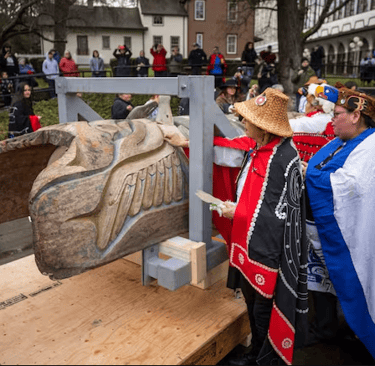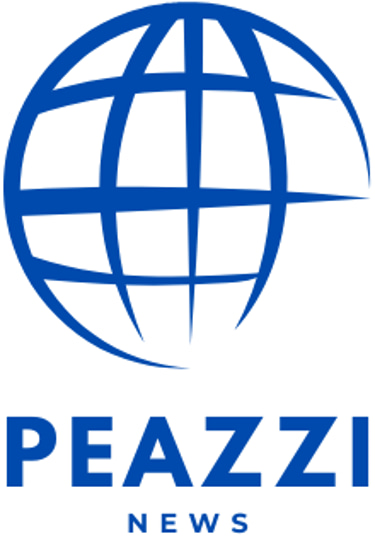New B.C. Reports Lay Out Road Map for Repatriating Indigenous Remains and Artifacts
Liam O'Connell
7/1/20252 min read


The complex and costly work of returning Indigenous remains and cultural belongings to First Nations communities in B.C. is in urgent need of funding and structure, according to two newly released reports developed in partnership with the First Peoples’ Cultural Council and K’yuu Enterprise Corporation.
The documents propose a sweeping strategy: create a centralized body to coordinate repatriation, launch an accreditation program for museums and institutions, and secure substantial, sustained funding from provincial and federal governments.
“There was a need for a road map — something that explains what’s involved in repatriation and how to begin,” said Gretchen Fox, acting heritage manager at the council.
Tens of Thousands of Items Still Missing
A survey conducted by K’yuu found over 2,500 Indigenous human remains and 100,000+ cultural items tied to B.C. First Nations are held in 229 institutions globally — though that’s likely an undercount, as only half of surveyed institutions responded.
The main report breaks the repatriation process into four phases:
Planning & research
Engagement & negotiation
Repatriation
Long-term care & community integration
It also reveals that 60% of surveyed First Nations have already spent over $1 million on this work — mostly relying on short-term grants, which come with strict rules and timelines that often don’t align with community needs.
A $663M Price Tag — and a Larger Purpose
A companion study offers a rough estimate: $663 million over five years would be required to support all 204 B.C. First Nations in advancing their repatriation efforts.
“It’s not a funding request — it’s a demonstration of just how significant and expensive this work is,” said Fox.
Still, repatriation isn't just about financial cost — it has far-reaching cultural, economic, and emotional value. The reports emphasize that returning remains and belongings leads to healing, job creation, and cultural revitalization.
Recent Repatriation Milestones
Momentum is growing. In 2023 alone:
The Royal B.C. Museum returned a 1913 totem pole to the Nuxalk Nation in Bella Coola.
The National Museum of Scotland repatriated a memorial totem pole to the Nisga’a Nation.
The Heiltsuk Nation welcomed home a chief’s seat taken over 110 years ago.
Fox says more institutions are recognizing the ethical responsibility to return items taken “under duress or without consent.” Still, First Nations are often left to navigate red tape and legal barriers with limited support.
What Comes Next?
The reports urge governments to:
Invest in long-term, First Nation-led repatriation bodies
Expand grant programs with fewer restrictions
Encourage institutions to seek repatriation accreditation
Fox is hopeful.
“We are seeing real movement. First Nations are training the next generation, building relationships with institutions, and leading this work. It’s about making things right — and finally bringing ancestors home.”
News
Stay updated with the latest BC news stories, subscribe to our newsletter today.
SUBSCRIBE
© 2025 Innovatory Labs Inc.. All rights reserved.
LINKS
